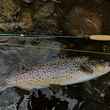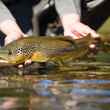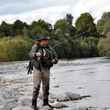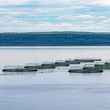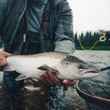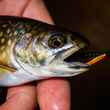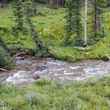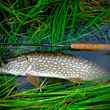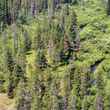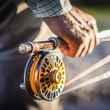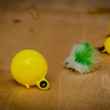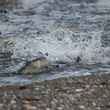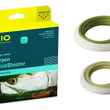Eight days remain in the EPA's open public comment period regarding the feasibility of mining in Bristol Bay, Alaska. To date, 523,320 have been received. While there is no question that over half a million comments represents a large number of individuals making their opinion heard on the issue, more voices are needed. The proponents of mining in Bristol Bay continue intense lobbying efforts to prevent the EPA from exercising its power to preemptively veto large-scale open pit mining in Bristol Bay.
Earlier this week, Pebble Limited Partnership CEO John Shively criticized the EPA, expressing doubts that the assessment process was being handled fairly. Shively was smugly critical of the conclusions in the EPA's latest draft of its assessment of risks associated with projects such as Pebble Mine, calling the EPA out for having drawn conclusions about the mining process without having a mining plan to review. Shively, however, failed to acknowledge that although the PLP has sunk almost $600 million dollars into researching and preparation for the Pebble Mine site, they have refused to publicly release a mining plan, despite numerous and repeated requests that they do so.



